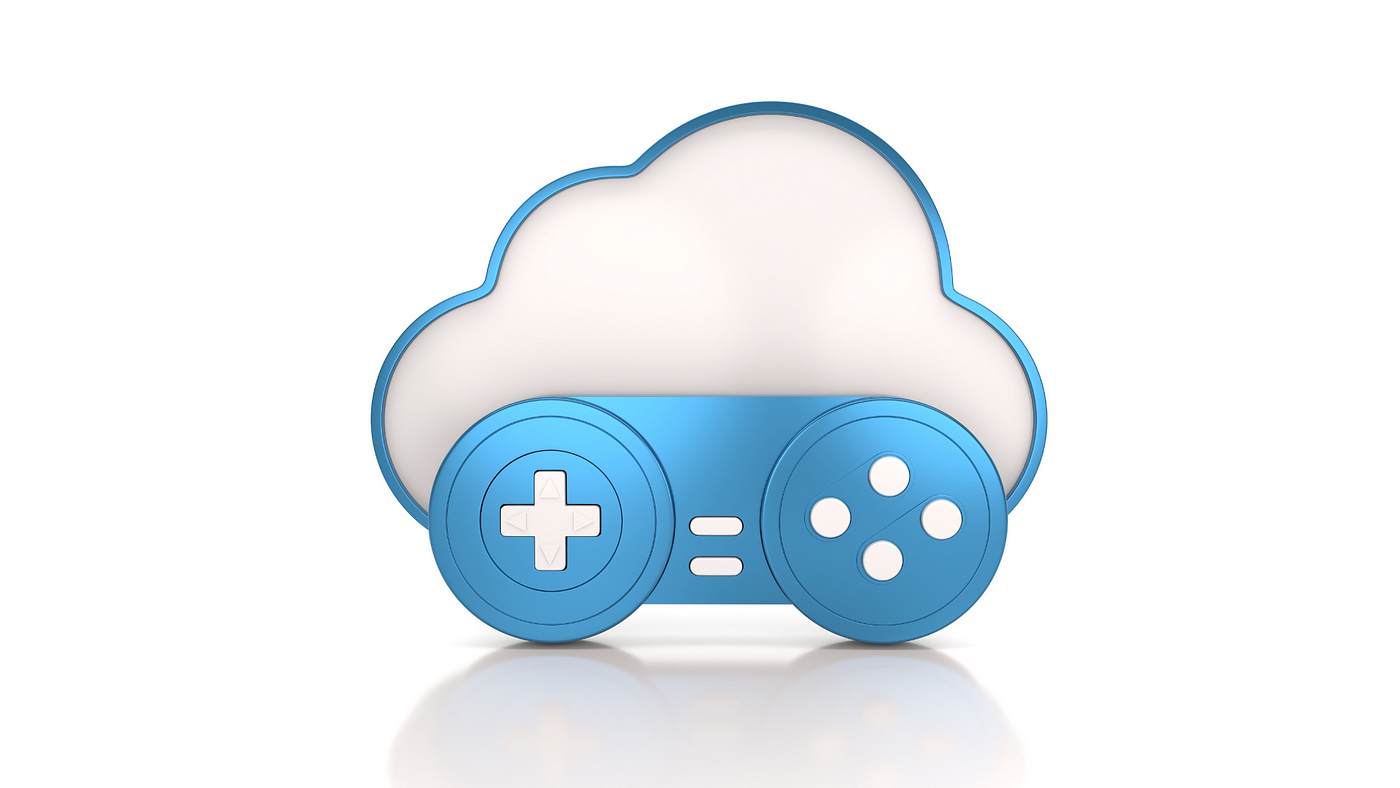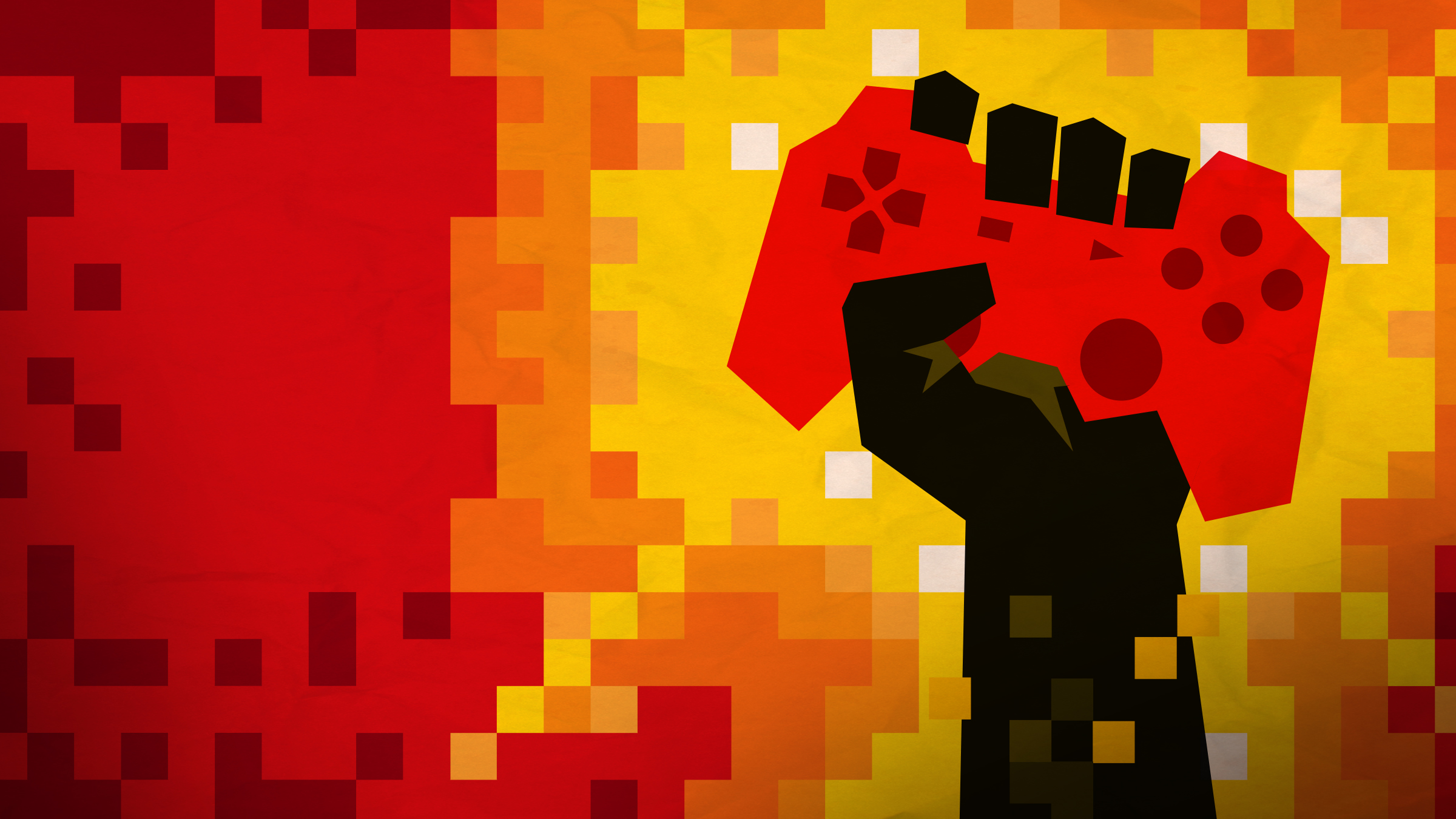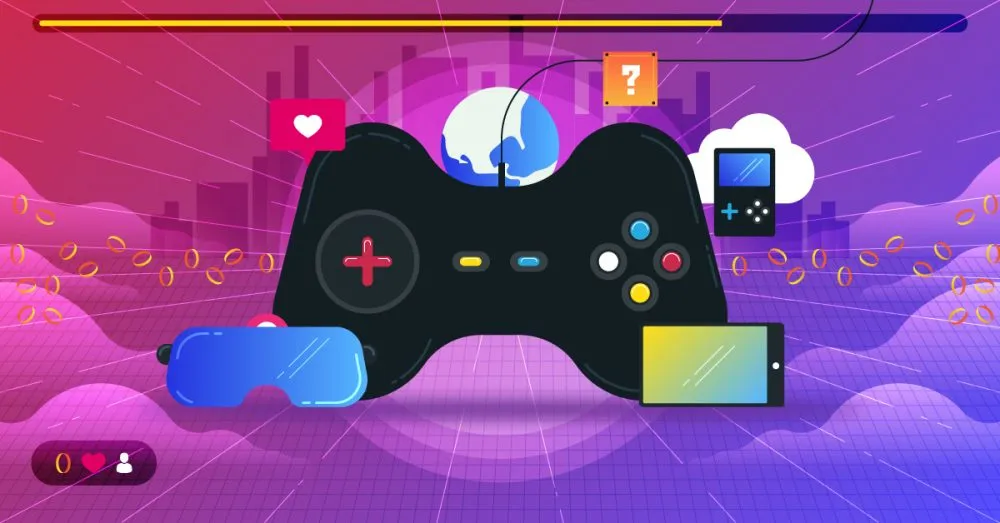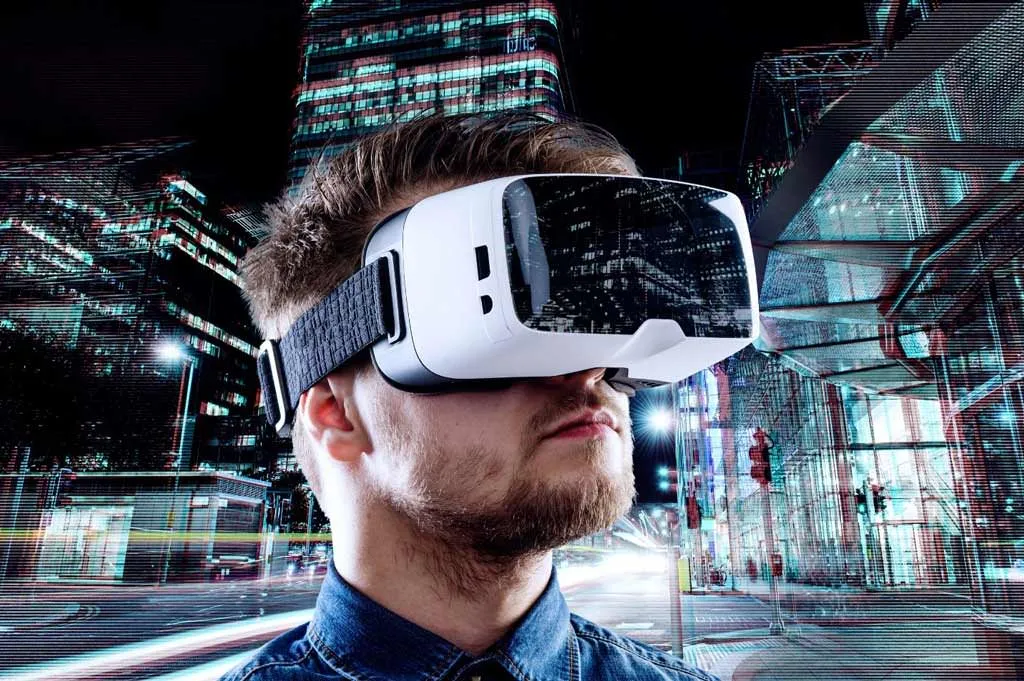Introduction to Cloud Gaming and its Impact on the Gaming Industry
Welcome to the future of gaming, where high-octane adventures and immersive worlds aren’t bound by hardware limitations. The Cloud Gaming Revolution is here, transforming how we play and interact with our favorite games. Gone are the days when gamers needed expensive consoles or powerful PCs to enjoy cutting-edge titles. Now, with just a stable internet connection, you can stream your way into fantastic universes directly on your device of choice.
Imagine diving into epic battles while lounging on your couch or playing intricate puzzles during your commute—all without worrying about upgrading your gear every few years. This shift in the gaming landscape is not just exciting; it’s liberating for players everywhere. Major companies like Google, NVIDIA, and Xbox are leading this charge with innovative platforms that promise seamless gameplay experiences from anywhere.
Join us as we explore how these tech giants are reshaping the industry through cloud gaming services and what this means for gamers around the world!
The Rise of Google Stadia
Google Stadia burst onto the gaming scene in late 2019, promising to redefine how we experience video games. As a cloud-based platform, it allowed players to access high-quality games without the need for expensive hardware.
With just a stable internet connection and a compatible device, gamers could dive into immersive worlds instantly. This convenience was revolutionary, breaking down barriers that traditionally hindered access to cutting-edge gaming experiences.
Stadia’s integration with Google services made it appealing as well. Players could seamlessly connect their accounts and share gameplay on platforms like YouTube.
Despite its ambitious goals, Stadia faced challenges after launch. Limited game availability and subscription concerns kept some enthusiasts at bay. However, Google’s commitment to innovation hinted at continued evolution within this exciting space of cloud gaming.
NVIDIA GeForce Now: A Powerful Alternative
NVIDIA GeForce Now stands out as a formidable contender in the cloud gaming arena. With its ability to deliver high-quality graphics and smooth gameplay, it appeals to both casual gamers and hardcore enthusiasts alike.

What sets GeForce Now apart is its unique approach to game ownership. Rather than requiring users to purchase games from a specific platform, it lets players access titles they already own on platforms like Steam or Epic Games Store. This flexibility enhances the overall user experience.
The service also boasts an impressive library of games spanning various genres. Players can dive into everything from action-packed shooters to immersive RPGs without needing powerful hardware.
Moreover, NVIDIA’s robust infrastructure ensures minimal latency and quick load times, which are crucial for competitive gaming. Gamers can enjoy their favorite titles seamlessly across devices—from PCs to mobile gadgets—making it a versatile choice for anyone looking to embrace the cloud gaming revolution.
Xbox Cloud Gaming: Bringing Console Games to Any Device
Xbox Cloud Gaming is changing the way we experience console gaming. Instead of being tethered to a home console, players can now access their favorite titles from virtually anywhere.
Imagine playing AAA games on your phone during your commute or on a tablet while lounging at home. This technology allows you to stream games directly without needing high-end hardware.
With an extensive library that includes popular franchises, Xbox makes it easy for gamers to dive into rich worlds instantly. The intuitive interface ensures smooth navigation and quick access.
Another standout feature is the seamless integration with Xbox Game Pass Ultimate. Subscribers have vast options at their fingertips, enhancing the overall gaming experience.
The flexibility provided by Xbox Cloud Gaming means you’re no longer confined to one device. It’s about enjoying gameplay wherever life takes you—an exciting shift in how we engage with our favorite pastime.
Pros and Cons of Cloud Gaming
Cloud gaming offers both exciting advantages and notable drawbacks.
One major benefit is accessibility. Gamers can play high-quality titles across various devices, from smartphones to low-end laptops, without needing powerful hardware. This democratizes gaming for many players.
On the flip side, a stable internet connection is essential. Lag or latency issues can ruin the experience, making fast reactions in competitive games difficult.
Additionally, subscription fees can add up over time. While some platforms offer extensive libraries, not every game may be available at launch.
Another consideration is ownership of content. In traditional gaming models, you own physical copies or digital downloads; with cloud gaming, your access depends on service availability and ongoing subscriptions.
These factors create a complex landscape for gamers who are eager to embrace this new frontier while also evaluating its limitations.

The Future of Cloud Gaming and What to Expect
As technology evolves, cloud gaming is poised for exciting advancements. Faster internet speeds and improved infrastructure will enhance user experiences immensely.
We can expect sharper graphics and reduced latency. This will make the games feel more immersive than ever before. Game developers are also likely to create exclusive content tailored specifically for cloud platforms.
New subscription models may emerge, offering gamers flexibility in how they access titles. Microtransactions could shift as well, creating new revenue streams that benefit both players and developers.
More devices will support cloud gaming too—think smart TVs and handhelds. Accessibility is crucial; it means anyone can enjoy high-quality gaming without the need for expensive hardware.
Streaming quality might reach a point where it rivals traditional consoles, making this an attractive option for casual gamers. The future of cloud gaming holds promise, pushing boundaries we once thought impossible.
Frequently Asked Questions
The Cloud Gaming Revolution has sparked widespread curiosity and excitement among gamers. As this innovative technology continues to evolve, many people have questions about its implications and practicalities.
What is cloud gaming?
Cloud gaming allows players to stream games directly from powerful servers instead of relying on local hardware. This means you can play high-quality games on devices that traditionally wouldn’t support them.
Do I need a fast internet connection for cloud gaming?
Yes, a stable and fast internet connection significantly enhances the experience. Most platforms recommend at least 15 Mbps for optimal performance.
Are there any subscription fees associated with these services?
Most cloud gaming platforms operate on a subscription model. However, some offer pay-per-game options or free trials to help users get started without commitment.
Can I use my existing game library with these services?
It depends on the platform. Services like NVIDIA GeForce Now allow you to connect your existing digital libraries from stores like Steam while others may require purchasing new titles through their ecosystems.
Is offline play possible in cloud gaming?
Currently, most cloud gaming services require an active internet connection, making offline play impossible for now.
Will traditional consoles become obsolete due to cloud gaming?
While it’s unlikely traditional consoles will disappear entirely soon, their role may shift as more gamers embrace streaming solutions. The convenience of playing anywhere could reshape how we think about console ownership over time.
As the landscape of interactive entertainment evolves through innovations like Google Stadia, NVIDIA GeForce Now, and Xbox Cloud Gaming—questions will continue arising around availability and capabilities in this rapidly changing industry.











